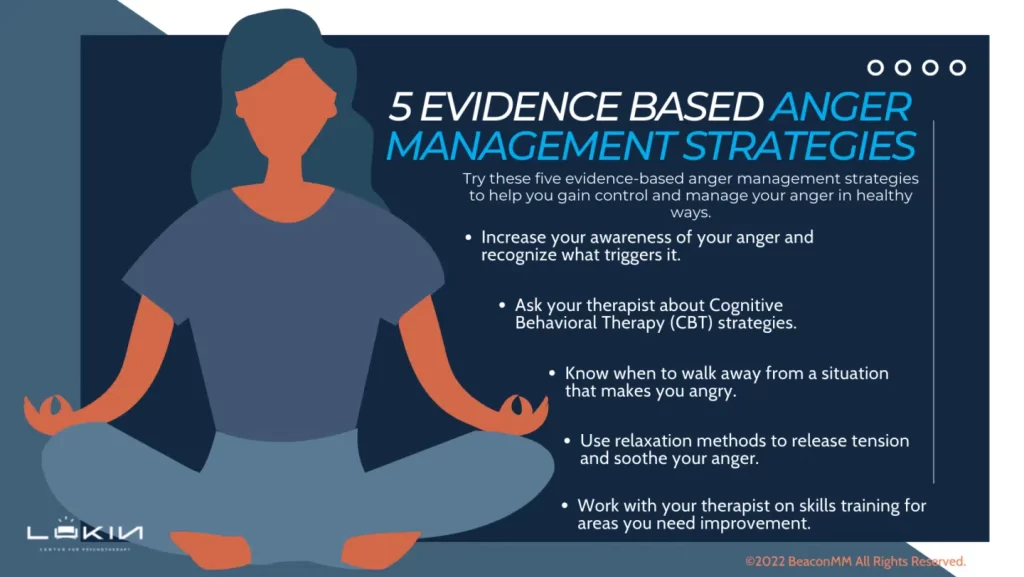ANGER MANAGEMENT
Ekechukwu Sabina Ego
Department of Strategic Management and Leadership Development…
Abstract
Anger is an emotional reaction which can range in intensity from mild irritation to intense range. Anger is a strong emotion and it’s reaction affects an individual’s physical, mental and psychological well-being and can create many physical and psychological defeat to an individual’s health. Learning how one can recognize and manage this strong emotion can positively promote healthy living, growth and transformation in a person. In this study, we look into the meaning and types of anger, consequences of anger, the importance and strategies of anger management.
INTRODUCTION
The feeling of anger is a common human emotion. Most times, people who get angry have a valid reason for such outburst. It is often considered as a common experience in everyday life (Averill, 1982). Anger is most time aroused in a person due to provocations or an altercation. However, when it becomes out of control, it becomes destructive and can cause severe issues in a variety of contexts including; issues at work, in one’s personal relationship, and in the general quality of one’s life. Everyone experiences anger at some point in their lives. Displaying the emotion can yield some good results depending on the situation of need.
There are different emotions that an individual experience, such as happiness, sorrow, anxiety, and contempt but anger remains one of the basic human emotions. These emotions have changed over the course of human history and are crucial to human history and to survival. It is typical to see ‘anger’ as a bad and damaging emotion which can occasionally result In more harmful actions, despite this fact, anger has some advantages to it such as, it serves as a warning sign that something unfair has occurred and that something needs to be done to make it right (Lambert et al., 2019).
Having anger problems and consistent anger outbursts causes a lot of problem for an individual personal, as well as professional life. One’s inability to control his anger makes everyone around him uncomfortable, angry, resentful and wary of him. Anger problem not only affects an individual’s personal life but also adversely affects his health, peace of mind and concentration on work.
Hence, it is important that everyone should learn to manage their anger so that anger does not control a person’s life.

OBJECTIVE OF THIS STUDY
At the end of this study, the readers should be able to
1. Understand the meaning and types of anger
2. Identify the Consequences of anger
3. Know the importance and strategies of anger management
UNDERSTANDING THE CONCEPT OF ANGER REACTION
Anger is ‘an emotional state that varies in intensity from mild irritation to intense fury and rage. According to R.W. Novaco (2016), Anger is a negatively toned emotion, subjectively experienced as an aroused state of antagonism toward someone or something perceived to be the source of an aversive event. It can also be a product of goal-blocking or frustrations, particularly when recurrent, or b e a reactive response to pain, physical or psychological (R.W. Novaco, 2016).
Anger can be classified as a secondary emotion. Emotions such as fear, frustration, anxiety, sorrow, or feeling diminished, inevitably precedes the experience of anger. Generally, anger replaces these primary emotions so quickly that we never notice them. Like other emotions, anger always never act alone. Beneath the primary emotions lie unmet needs.
It is crucial that you know the difference between anger and aggression. Anger is an emotion, and its ok to be angry. While, aggression is acting and letting out the anger inappropriately and aggression is not ok. Learn to check your aggression and express your anger appropriately. People who do not know constructive ways to express anger and frustration frequently become aggressive to express their feelings. Anger is the main component of aggressive behavior and acts of violence. Aggression is usually the result of excited emotional states of anger and frustration Anger, the emotion, is not a problem; what one does with anger can be.
4. When it comes to anger, everyone has a distinct trigger and experience. It is important that you understand that anger is harmful to others and to oneself.
Received 4th October, 2022; Revised: 4th November, 2022; Accepted 8th November 2022 © The author(s)
Click on The Download button below to Download Complete Journal…



